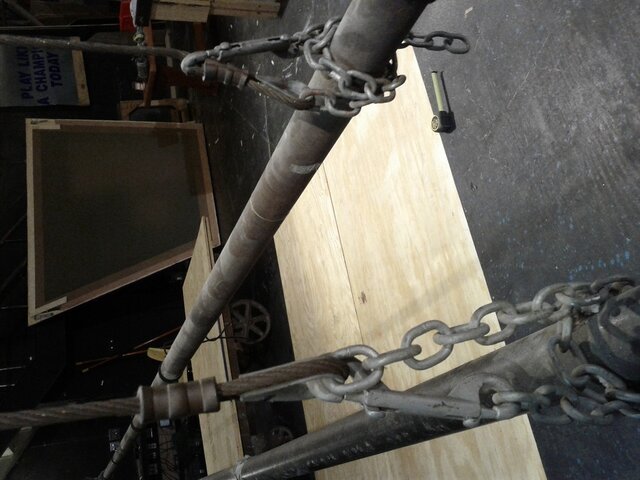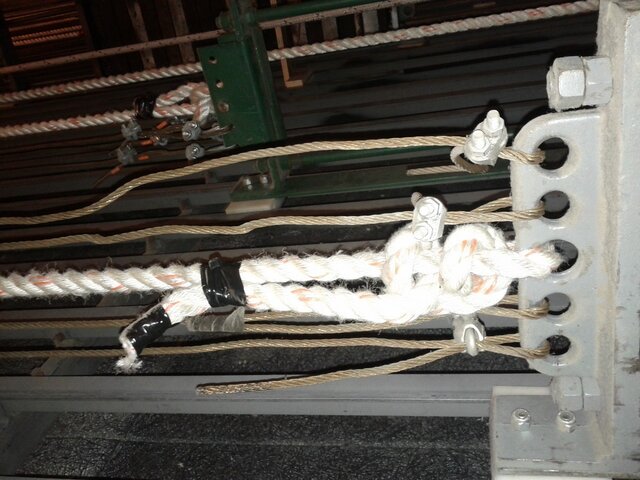I'd like to comment on several things in this thread.
First, Tool and sleeve match. A number of people have done destructive pull tests using various manufacturer's tools and sleeves. The result has always been the same, no apparent difference. The reason manufacturers insist you use their tool with their sleeve is liability and traceability. Nico press (National Telephone Supply Company) will not warranty a connection made with a Loos sleeve or their own sleeve crimped with a Loos tool and vice-versa with all the companies that manufacture rigging equipment. As a rigging installer we guarantee the connections so we have to use matched tool/sleeve combinations also.
Calipers for checking Go-no go. If you mean the type that look like a pair of tongs, no. If you mean the type with a dial or
LED readout, then it can be done. The catch is to use a readout type of caliper you need an accurate Go-no go
gauge to get your first reading. If the
gauge measures (for example) .xxy inches inside width, then a
crimp that measures LESS than (not equal to) .xxy would be good, assuming it is done with the correct tool and sleeve combination for the Go-no go
gauge slot that was measured. If you have a good
crimp, and you know what sleeve and what tool was used to make the
crimp, again you can use a readout type of caliper IF you now use the exact tool/sleeve combination as the test connection. In this case your reading can be = or less than the test
crimp. Just easier to get a
gauge.
# of crimps. 2 crimps on a 1/4" may be correct.....or not! Depends on which tool/die/sleeve/
gauge combo was used to make the
crimp. For instance, most/many tool/die/sleeve combo's for 3/16" cable require 4 crimps. The Nico Press 5506
power crimpper we use with the Oval X Die only requires 2 crimps.
The following is an excerpt from a
crimp table on the JR
Clancy web site.
Cable size ..... application ....... sleeve............. Tool ...............Tool
groove/Die ......# crimps ...
Gauge
1/4................. eye splice ........18-10-F6 .........3-F6-950............OVAL-F6............... 3..............2930
1/4................. eye splice.........18-10-F6..........3V-F6-X:M..........OVAL-F6...............3..............2930
1/4..................eye splice.........18-10-F6..........3512 Hydraulic....12-OVAL-F6...........2............3377A
1/4..................eye splice.........18-10-F6..........635 Hydraulic......OVAL-F6...............1.............3375
As you can see, the correct # of Crimps on a 1/4" eye splice varies from 1 to 3, depending on the tool/die/sleeve/
gauge combo.
I'll get a go-gauge thrown into my next
BMI order for this size cable,
As noted above, make sure the
gauge you get matches the tool and sleeves you have on
hand.
I Design, engineer, install and inspect rigging systems, that's my job. If I can be of help, PM for phone and e-mail contact and we'll get together.
Hope this helps.




